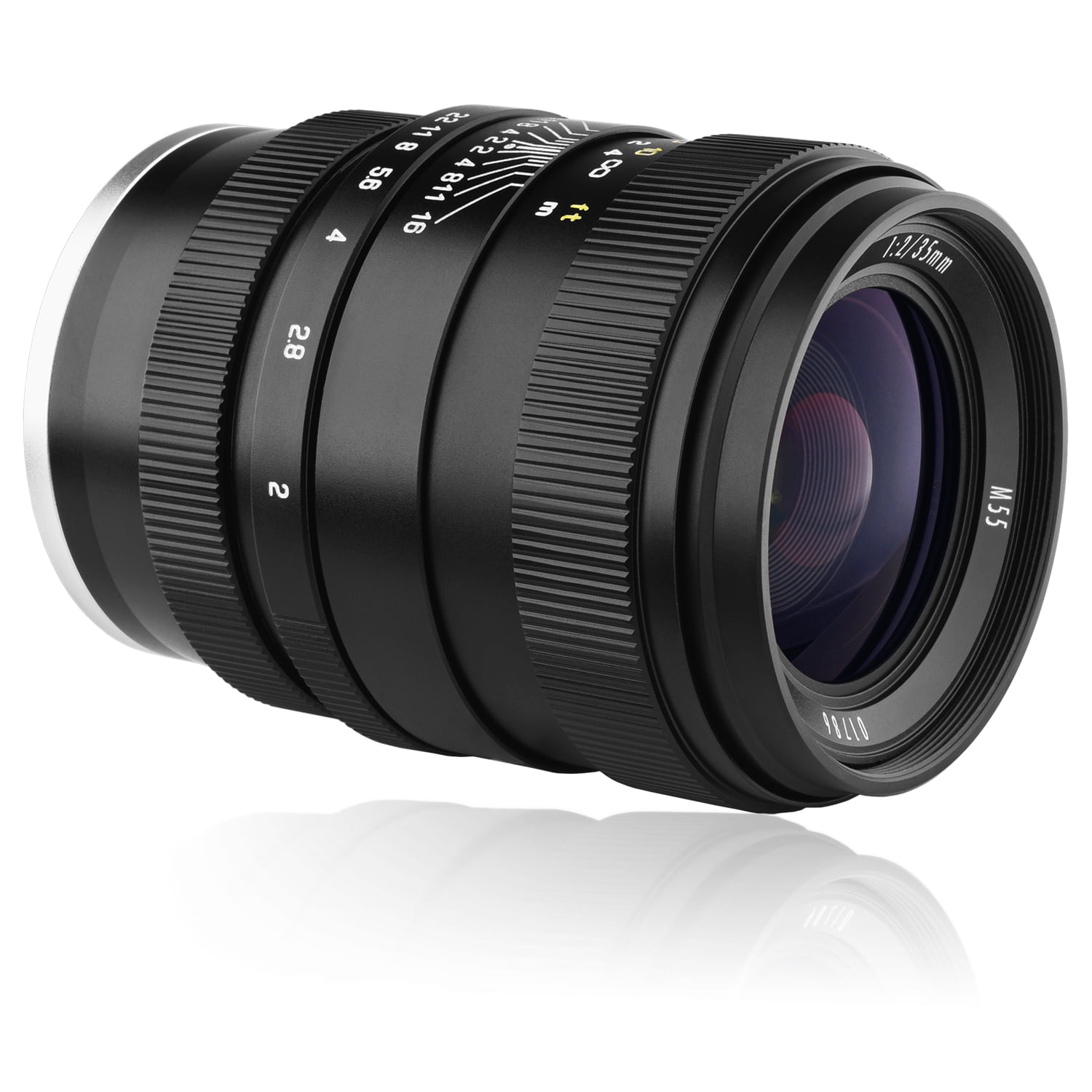

Central sharpness is very good at f/1.4 and f/2, and it becomes even sharper at f/2.8 through to f/8. With a maximum aperture of f/1.4 this is a very fast lens. If you are looking for one of the sharpest wide-angle APS-C lenses with autofocus, then the Sigma 16mm f/1.4 DC DN is certainly a lens that you will want to take a closer look at.

Below is a shot of Mont Blanc that I took with the 10-18mm on my Sony a6500, I only admired this mountain from afar! There is only a small amount of distortion visible but again this will be corrected in-camera for JPEGS.Īt only 225g this is a very light lens and is often my first choice when I’m travelling light or hiking in the mountains. Thankfully in-camera corrections also take care of this for JPEG images. At 10mm and f/4 vignetting is apparent and it’s not even gone completely at f/11. Wide-angle lens always suffer from vignetting in the corners and the 10-18mm is no different. However, with lens corrections turned on in the a6000 this will always be corrected with JPEG images and if you shoot raw then you can easily fix this in post. At 14-18mm sharpness drops off a little at f/4, but stopping down to f/8 soon sharpens things up again.Ĭhromatic aberrations are reasonably well controlled but some purple fringing is visible in high contrast shots. For 9/10 of my landscape shots I’m typically using this lens at f/8, so don’t worry about the softer corners when wide-open at f/4.

However stop down to f/5.6 and the edges soon become nice and sharp and at f/8 the sharpness is extremely good across the frame. With a maximum constant aperture of f/4, autofocus and optical image stabilization all packed into a high quality metal housing, this is really a pretty nice lens and also one that I own myself.Īt 10mm the lens is already sharp at f/4 in the center of the frame, but things do get a little softer towards the edge. The Sony E 10-18mm F4 OSS is an APS-C lens and also the widest that Sony offers with a focal range of between 10-18mm.

Minimum Focusing Distance: 0.12m (0.39ft) Recommended Reviews: Christopher Frost (YouTube) | Technology Mafia (YouTube) | ePhotoZine
Best bokeh lens sony a6000 manual#
Pros: Very sharp, low CA, low distortion, compactĬons: Manual focus only, flare control, vignetting, price If money were no object I’d order one today. The Laowa 9mm f/2.8 Zero-D is very well built and weighs in at only 215g, so you will barely notice this lens on your Sony a6000. The Laowa manages coma very well making the Laowa 9mm an option for astrophotographers, although the vignetting could be cause for concern. Flare control could be better and you will get some flare when pointing this lens towards strong light sources, even with the lens hood on. Vignetting wide-open at f/2.8 is very noticeable, and it remains even if you step-down to f/11.ĭespite the Zero-D in the name which stands for “Zero Distortion”, there is very minimal distortion but it’s really nothing to worry about and can easily be corrected in post. CA (Chromatic Aberration) is very well controlled. Diffraction will start to kick in if you stop down past f/11. Edge sharpness isn’t quite so good wide-open, but it’s very good when you hit f/5.6 through to f/11. Wide-open at f/2.8 central sharpness is excellent, and it becomes even better at f/4 and f/5.6. It is manual focus only, but if don’t mind this then this lens is definitely a great one to have in your gear bag. The Laowa 9mm f/2.8 Zero-D is the widest wide-angle lens that you can currently buy for the Sony a6000.


 0 kommentar(er)
0 kommentar(er)
